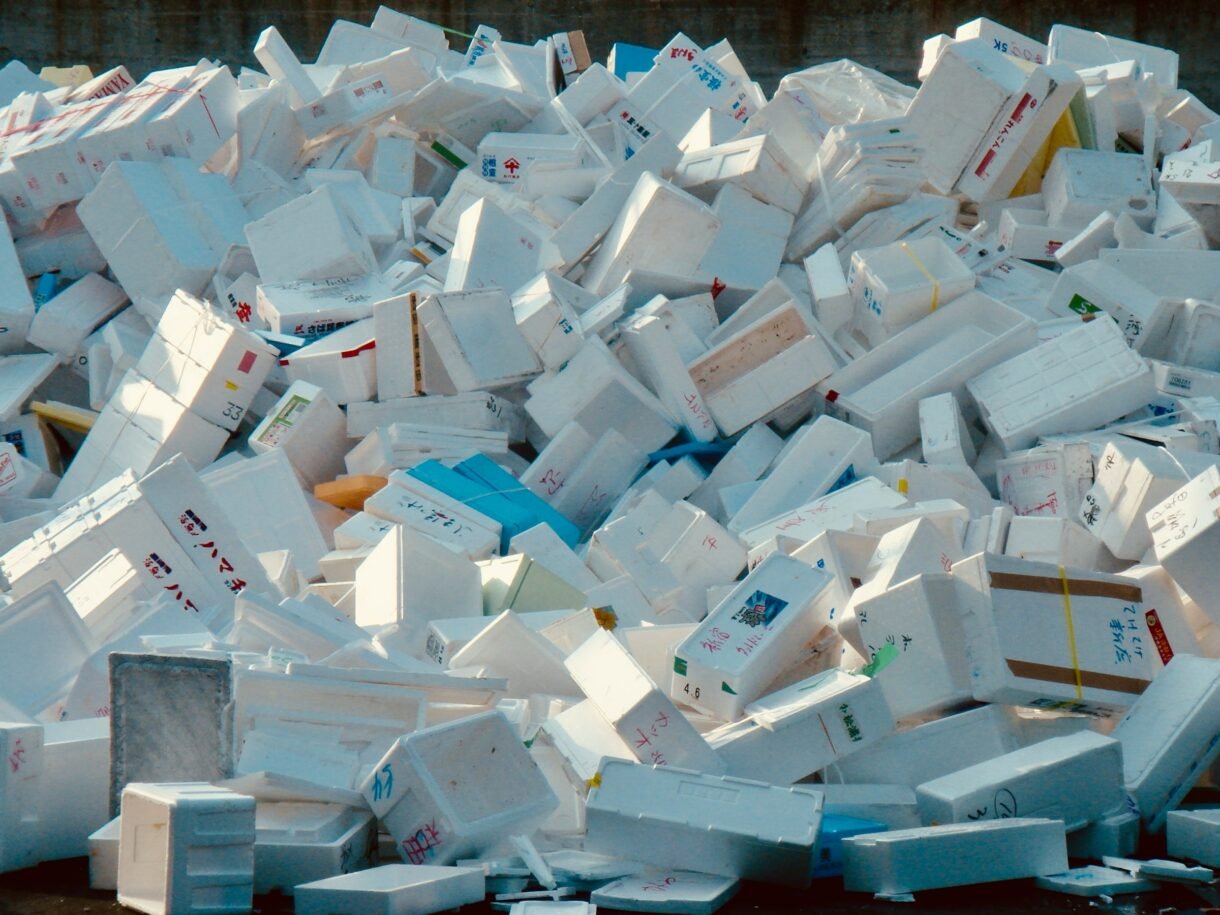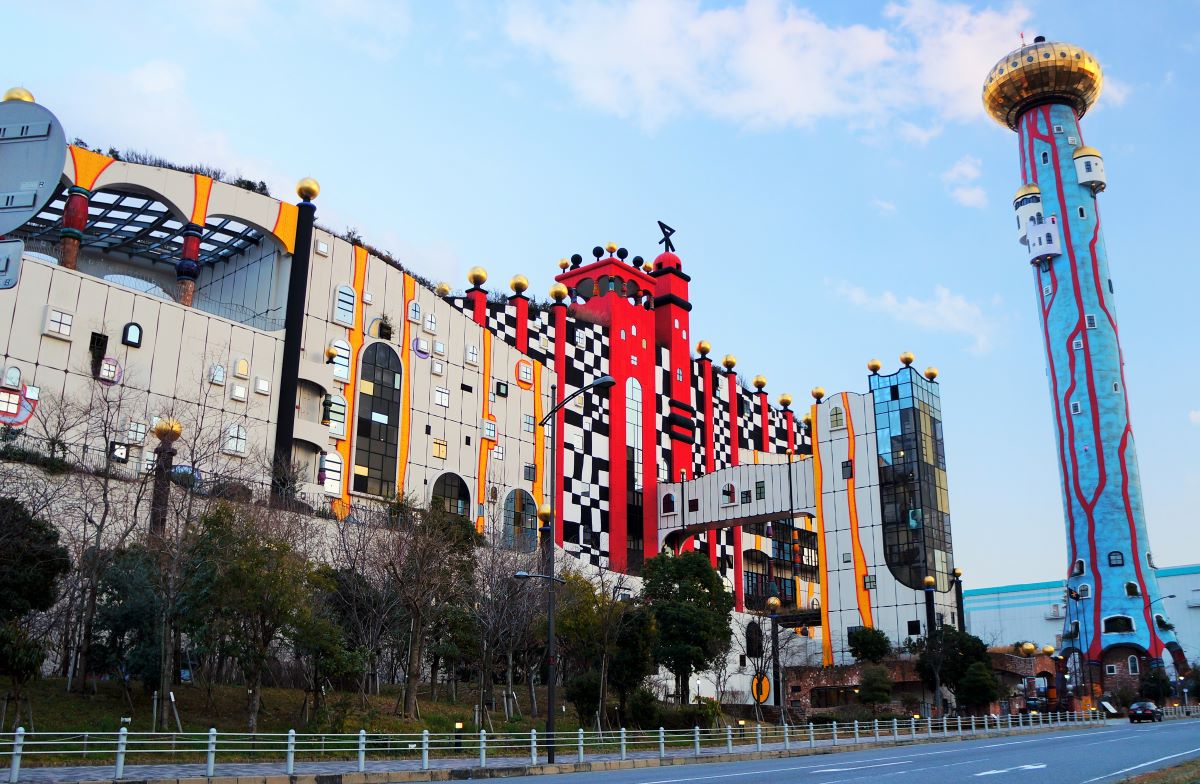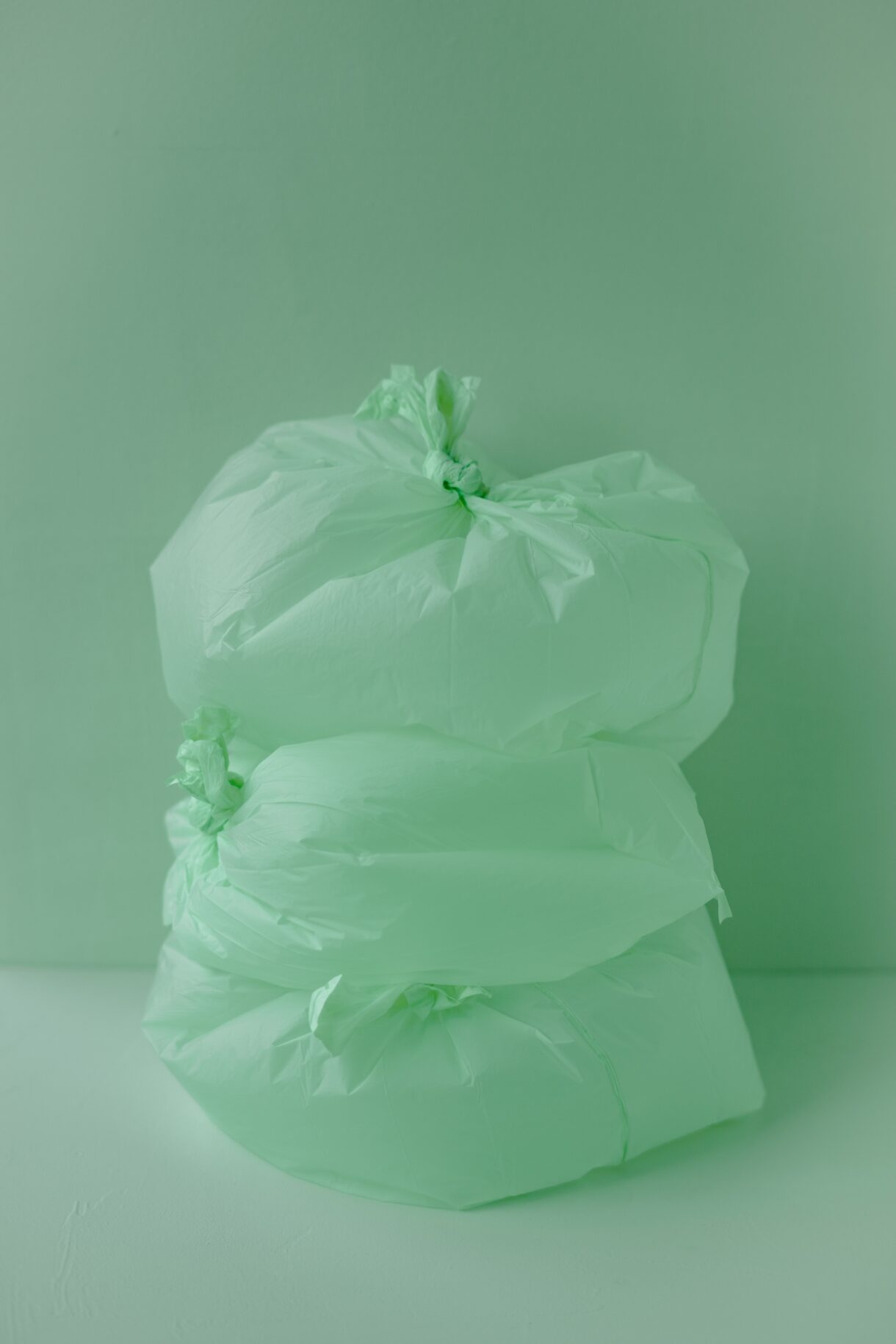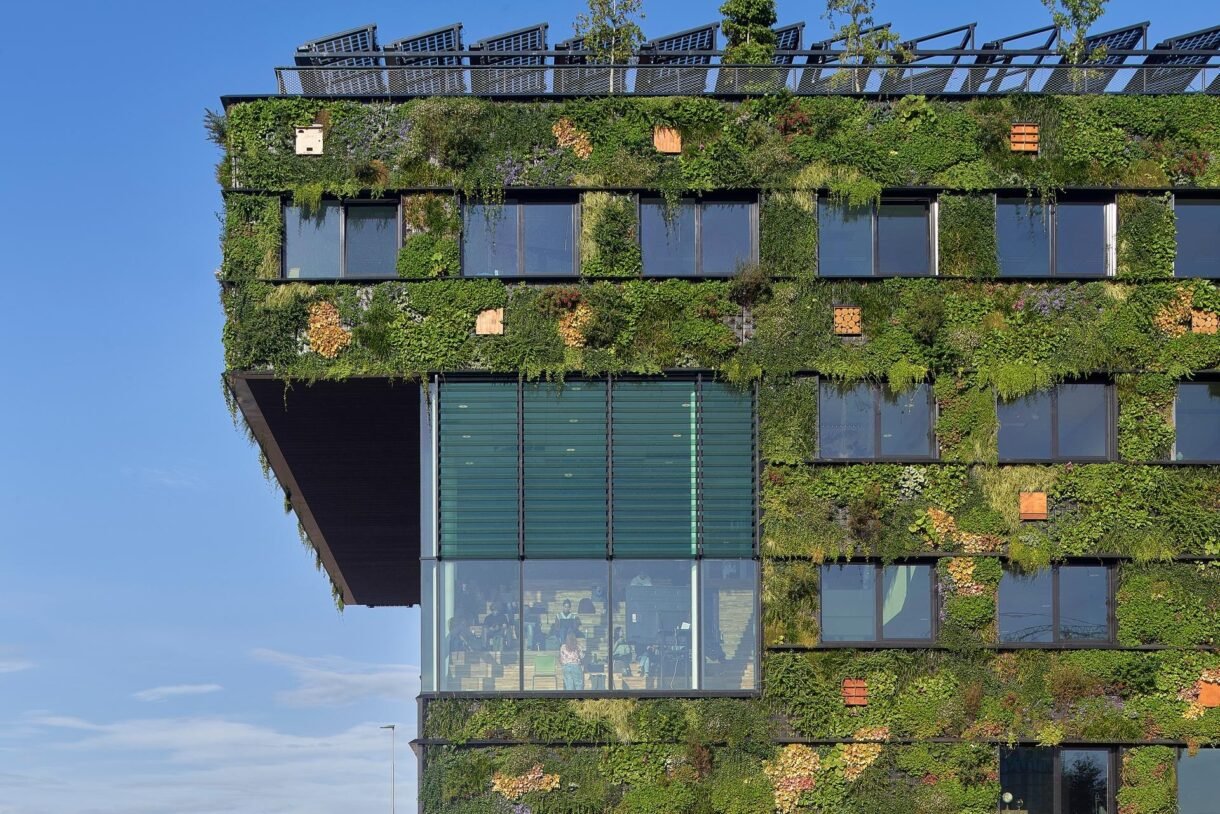First starter, but not finisher
The aversion against wasteful behaviour is something that is ingrained in Japan’s DNA. The term ‘mottainai’ is often used to convey a feeling of regret when something is wasted without deriving its full value. It does not come as a surprise then, that Japan was one of the first in the world to establish a Circular Economy Vision (in 1999!). A circular economy is key to limit resource dependency and increase economic resilience.



